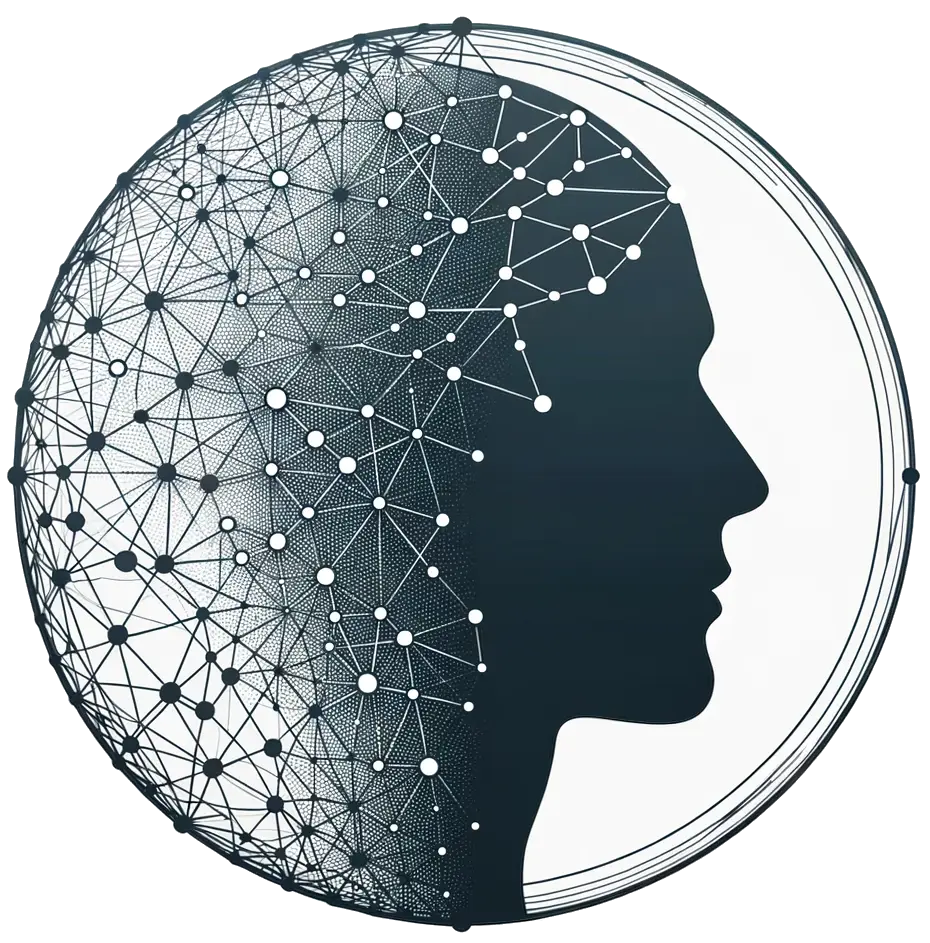i love a good analogy/metaphor. it’s a powerful technique for learning that can help to understand new ideas better/faster, by leveraging existing knowledge (transfer learning). it can also frame thinking into specific mental constructs and focus thought.
taking the digital garden metaphor a step further, i resonate with the concept of a crystalline mind. it is another duality, holding the organic and inorganic together, which i found better represents the real world.
these tags should be treated more as a rule of thumb since the boundaries between them get fuzzy, and there’ll probably be plenty of untagged notes.
nuc → short for nucleation
In thermodynamics, nucleation is the first step in the formation of either a new thermodynamic phase or structure via self-assembly or self-organization within a substance or mixture
Nucleation is usually a stochastic (random) process, so even in two identical systems nucleation will occur at different times.
nucleation is the beginning of crystalline formation. It encompasses the ideas of a structure’s self-assembly via a random process.
thoughts also appear spontaneously; some are forgotten, some stick around to start forming an idea.
therefore the most raw thoughts/bookmarks/interests, sometimes only a sentence or a link, will be tagged as nucs.
dendrite
A dendritic crystal is defined as a crystalline form characterized by diffusion-limited growth, resulting in intricate tree-like structures found in various materials such as snowflakes, minerals, and alloys.

dendrites represent when the idea/thought begins to grow, branch out, and connect. It’s exploratory and multidirectional, with no clear structure yet.
as it happens, neurons also have branches called dendrites where they receive inputs from other neurons. coincidence?
multiple nucs could evolve into one dendrite, as separate sparks coalesce.
dendrites are also an interesting intersection of what is considered organic vs inorganic. while usually formed from inorganic materials, the structures look eerily similar to that of plants/trees, blending the lifeless and the living.
cluster
crystal clusters are usually comes to mind when you think of a crystal found in nature. typically they are multi-dimensional and can include many crystals with a variety of sizes, shapes, and even colors.
and so with ideas.
as before, this is a combination/growth/expansion from the previous tag. generally the ideas in cluster should be of a similar hue, supporting a common point.
prism
a core property of prisms is that they must have 2 sides with an identical shape that are parallel to each other, connected by parallelogram sides.
the world is full of dualities.
- order <> chaos
- light <> dark
- nature <> nurture
- mind <> body
- reason <> emotion
- personal <> communal
- rest <> work
- details <> big picture
- planning <> spontaneity
- focused <> diffuse
- …
- (insert your favorite one here)
but the connection between these is a spectrum, and finding the boundary that separates them is very hard (impossible?) as it changes depending on the perspective of the viewer. at some point, you need to decide for yourself where to draw the line. having well-defined principles makes this easier.
when exploring an idea I like to take it to the opposite extremes and see how it behaves, viewing it from both perspectives. the next step is drawing parallels between the extremes, digging into the messy middle, and seeing what insights it teaches.
so a prism here will typically examine 2 or more opposite clusters, with the purpose of better understanding the whole they are a part of.
gem
the final stage of an idea that has grown, been cut, refined, and polished.
gems have many facets, reflecting/splitting light in different ways from different angles, while still being one whole. this represents a fusion of several related prisms.
though it’s final stage, gems can still get dirty over time and need to be cleaned and polished.
and so with ideas when new information is discovered.
